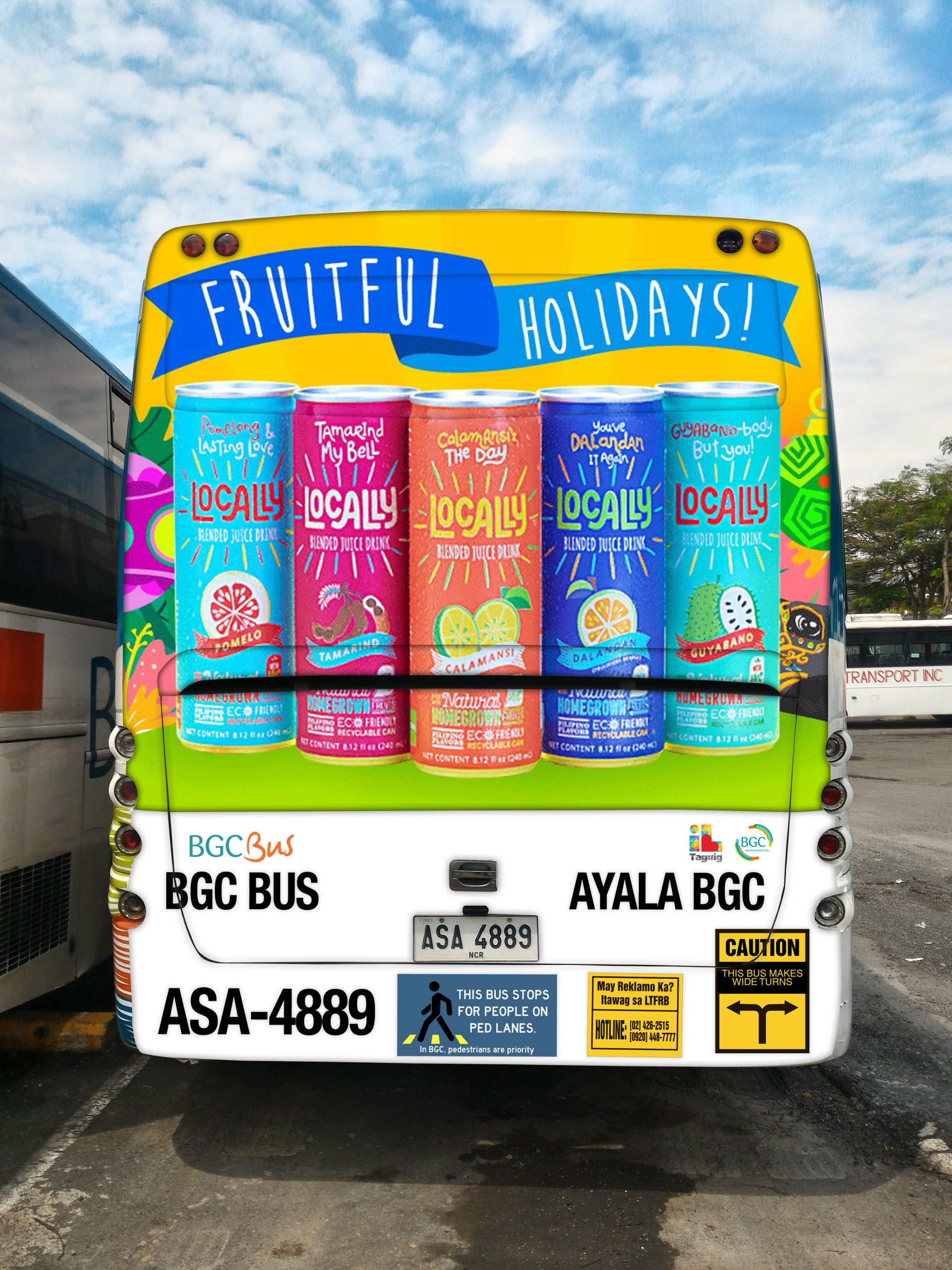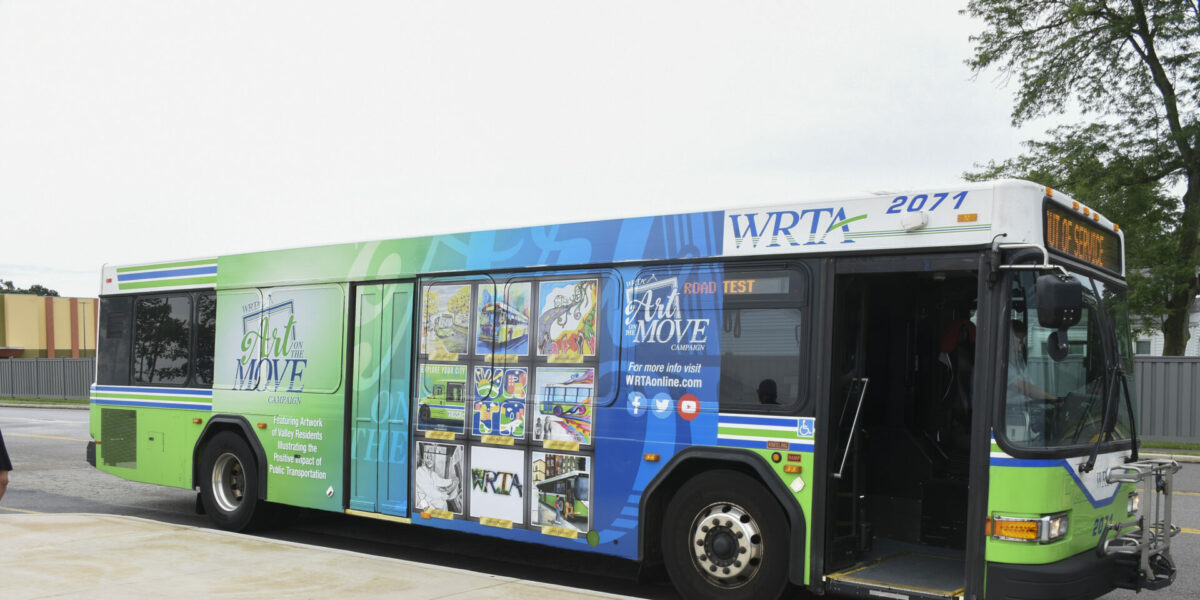Boost Your Service with Transit Advertising Philippines
Boost Your Service with Transit Advertising Philippines
Blog Article
How Transit Advertising Can Change Public Transport Spaces Into Dynamic Marketing Operatings Systems
Transit marketing holds substantial possibility to redefine public transport rooms right into dynamic advertising systems that involve and educate. As we explore the multifaceted advantages and progressing approaches of transportation advertising and marketing, it raises the question of just how this makeover might redefine our interactions with both brands and the urban environment.
Benefits of Transit Marketing

Additionally, transit advertising and marketing is very cost-effective compared to standard media. It permits advertisers to accomplish high impressions at lower expenses, optimizing return on financial investment. The captive audience of commuters supplies an opportunity for brand names to communicate their messages to individuals who are frequently responsive throughout their traveling times.
Additionally, the vibrant nature of transit marketing allows campaigns to be upgraded often, making sure that messaging stays appropriate and prompt. This versatility can be essential in reacting to market fads or advertising events, keeping the brand name top-of-mind for consumers. Last but not least, the prevalent existence of transit marketing contributes to brand recall; duplicated exposure within familiar traveling contexts enhances brand awareness and cultivates customer loyalty, eventually driving sales and boosting brand track record.
Kinds Of Transportation Advertising
Public transport systems supply numerous styles for advertising and marketing, each dealing with different marketing methods and audience engagement techniques. One noticeable type is exterior bus and train covers, which cover the entire automobile and produce a mobile signboard result, permitting for high presence in urban environments. These covers can catch interest as they pass through hectic streets, getting to a diverse target market.
Another preferred style is interior marketing, that includes posters, electronic displays, and advertisements on transit seats. These placements engage travelers during their trip, reinforcing brand messaging in a confined area. Digital shows, specifically, provide the advantage of dynamic content, enabling marketers to upgrade messages in real-time.
Terminal marketing is additionally considerable, including posters, banners, and interactive kiosks within transit terminals. These advertisements take advantage of foot website traffic and can target specific demographics based upon place.
Last but not least, promotional collaborations with transportation authorities can result in distinct campaigns, such as themed transportation experiences or events, enhancing the total interaction with travelers. Each kind of transit marketing offers distinctive advantages, enabling brands to customize their approach to efficiently reach their target market within the general public transportation ecological community.
Engaging Commuters Efficiently
Commuters are significantly swamped with advertising messages during their daily travels, making it important for brands to engage them in ingenious methods. To capture attention in this crowded area, marketers must focus on creativity and significance. Using eye-catching visuals and succinct messaging can significantly boost the probability of interaction.
Interactive components, such as QR codes or augmented truth features, can additionally change fixed ads right into immersive experiences, fostering a much deeper connection with the audience. Brand names must concentrate on dealing with travelers' needs and interests, tailoring messages to resonate with their way of living, whether via promotions for local companies or solutions made to the original source improve their travelling experience.
Additionally, timing plays a vital role; tactically putting advertisements during peak commuting hours can make best use of exposure and impact. Engaging travelers effectively also includes leveraging social media integration, enabling travelers to share their promotions or experiences directly from transportation systems, thereby magnifying brand name reach.
Basically, effective interaction rests on comprehending the commuter journey and developing engaging, interactive, and appropriate advertising and marketing experiences that not only record attention however also drive activity and commitment. By doing so, brands can transform mass transit into a vibrant advertising platform that resonates with its audience.

Measuring Advertising And Marketing Influence
Just how can brands precisely analyze the performance of their advertising campaigns en route settings? Measuring the effect of transportation advertising requires a complex technique that incorporates qualitative and measurable metrics. One widespread approach is tracking involvement via mobile analytics, where brands can assess foot website traffic patterns and app interactions previously, throughout, and after projects.
Surveys can offer valuable insights right into brand name recall and customer view, enabling brands to assess just how well their messages reverberate with commuters. Additionally, checking social media interaction associated to particular campaigns can disclose changes in public perception and brand conversation.

In addition, teaming up with transportation companies can boost dimension precision, as they usually possess thorough group data on ridership trends. By incorporating these techniques, brand names can create a detailed understanding of their advertising performance, making sure that their projects not just get to however additionally influence their target audiences properly.
Future Trends en route Advertising
A substantial change is expected en route marketing as technical improvements and changing consumer habits improve the landscape. Transit Advertising Philippines. The integration navigate to this website of interactive media and digital screens is anticipated to improve involvement, allowing brands to provide dynamic material that resonates with diverse audiences. As public transport systems accept smart technology, advertisers will take advantage of real-time information analytics to customize messages based upon traveler demographics and habits
In addition, increased truth (AR) is positioned to change the way travelers interact with ads. By offering immersive experiences, AR can transform a mundane trip into an engaging narrative that catches focus and promotes brand loyalty. This innovation will likely encourage advertisers to produce more experiential projects that drive consumer interaction.
Sustainability is an additional important trend influencing transportation advertising. As ecological awareness expands, brands will increasingly look for to straighten with green techniques, utilizing lasting materials and promoting eco-friendly efforts within their projects.
Final Thought
Finally, transportation marketing supplies significant benefits by boosting brand visibility and involving a captive audience. Through numerous styles, such as outside wraps and electronic displays, it transforms mass transit into a vivid advertising and marketing platform. Effective involvement approaches and durable measurement strategies better intensify its effect. As fads progress, the possibility for ingenious interactions between travelers and brands is positioned to grow, ensuring that transportation advertising and marketing remains a crucial component of modern advertising approaches.
Transportation advertising holds considerable possibility to redefine public transportation spaces into vibrant advertising systems that engage and inform. The prevalent presence of transportation advertising and marketing adds to brand name recall; repeated exposure within acquainted travel contexts reinforces brand name understanding and fosters consumer loyalty, inevitably driving sales and improving brand reputation.
How can brand names accurately analyze the performance of their advertising projects in transportation settings?In conclusion, transportation marketing provides considerable advantages by enhancing brand exposure and engaging a captive audience. Transit Advertising Philippines. As fads evolve, the capacity for innovative communications in between travelers and brands is poised to expand, guaranteeing that transit see post marketing stays a crucial element of modern advertising techniques
Report this page